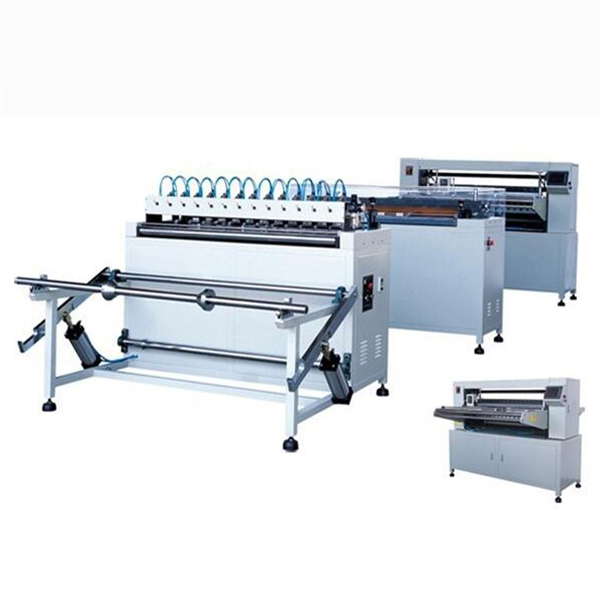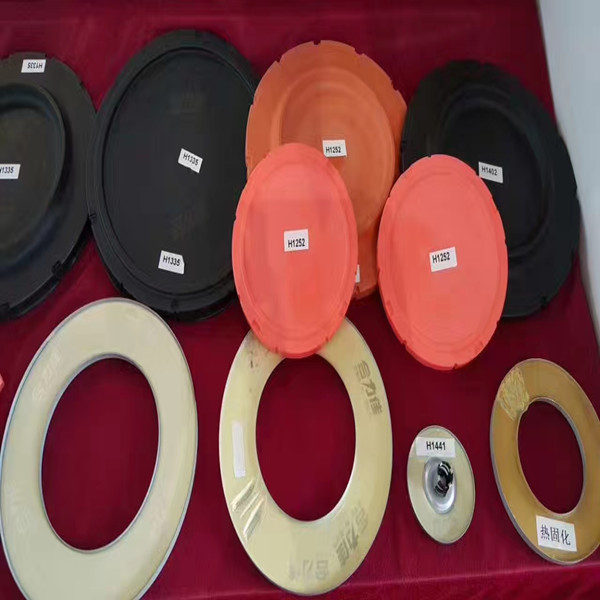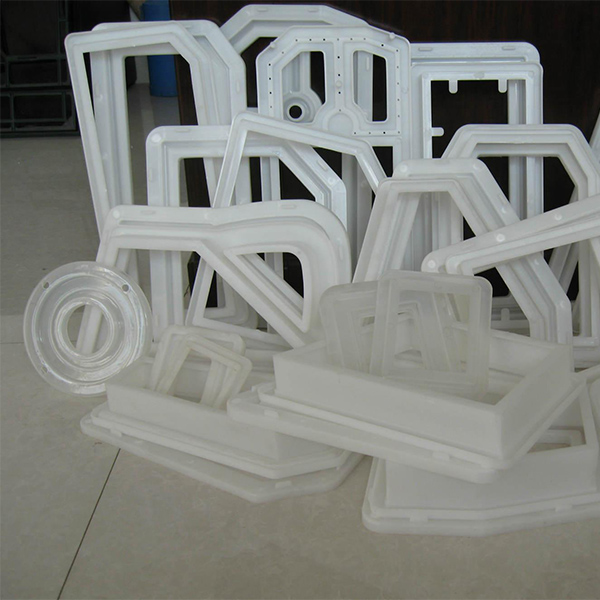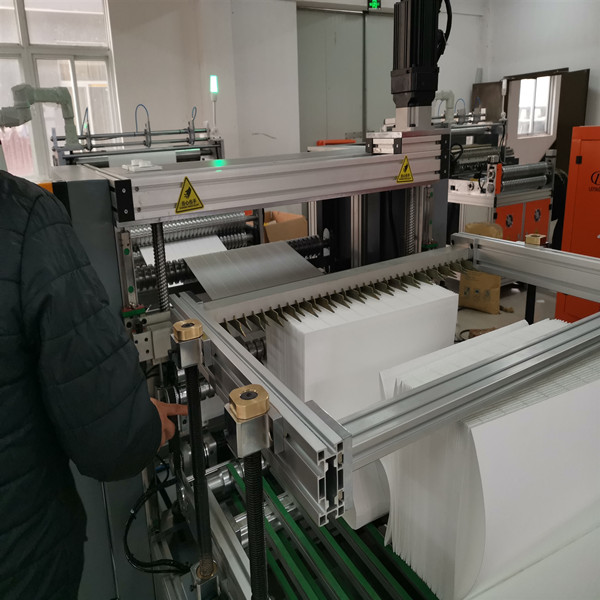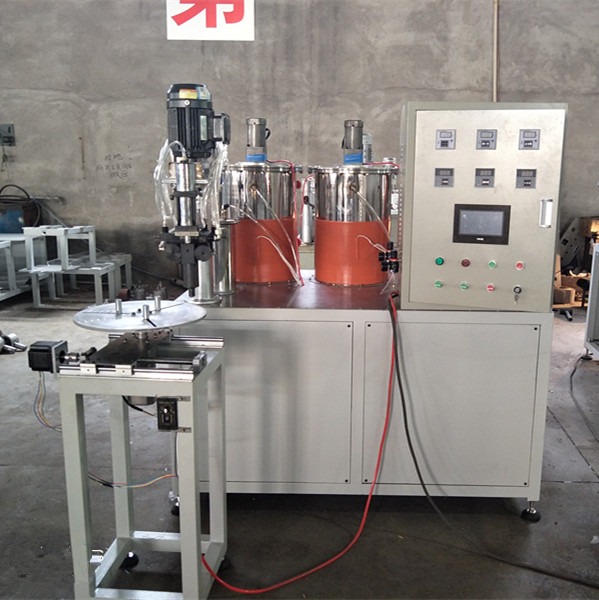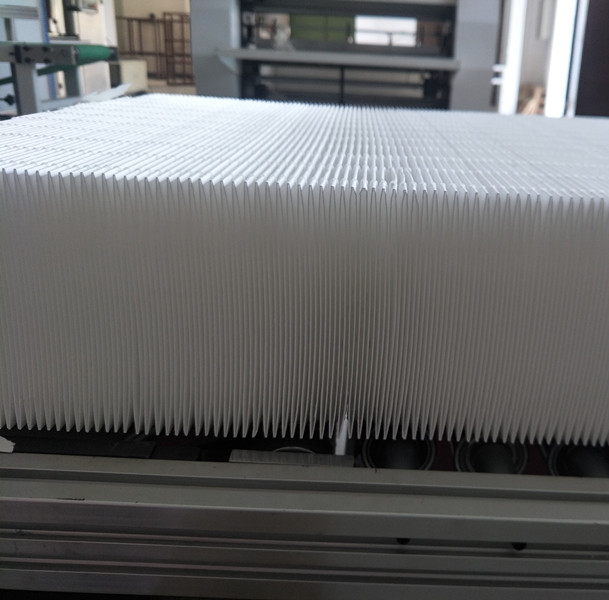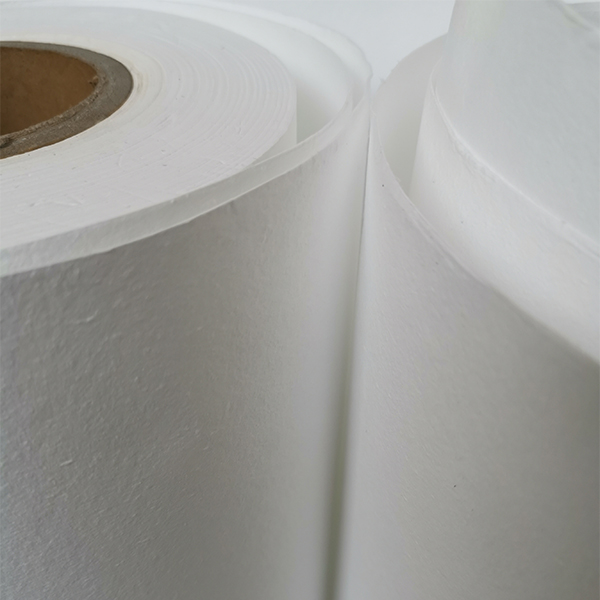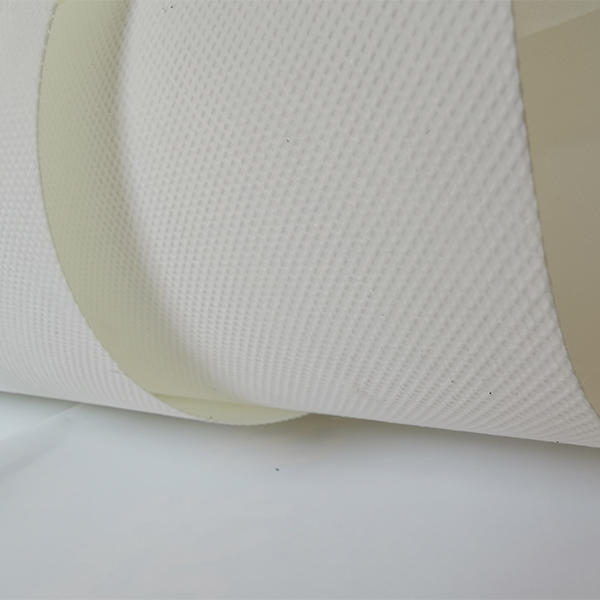The Imperative Role of Hydraulic Filter Media in Modern Industrial Operations
In the intricate world of modern industrial machinery, where precision, efficiency, and longevity are paramount, the purity of hydraulic fluids cannot be overstated. Contamination, often microscopic in nature, poses a significant threat to hydraulic systems, leading to increased wear, reduced operational efficiency, and catastrophic component failures. This necessitates the deployment of advanced filtration solutions, with the quality of hydraulic filter media serving as the bedrock of system integrity. As industries continue to push the boundaries of performance and sustainability, the demand for superior filter media, capable of effectively removing particulate matter, water, and other contaminants, has intensified. This evolution is driven by several key trends, including the increasing sophistication of hydraulic systems, the stringent requirements for cleaner lubricants, and the economic pressures to extend equipment lifespan and reduce maintenance costs. The selection of the right filter media, considering its material composition, filtration efficiency, dirt-holding capacity, and compatibility with various fluid types, is a critical engineering decision that directly impacts operational reliability and cost-effectiveness. Furthermore, the global emphasis on environmental protection and resource conservation compels manufacturers to develop filter media solutions that are not only highly effective but also durable and, where possible, sustainable.
The industry trends indicate a clear shift towards higher performance and longer-lasting filtration solutions. There's a growing adoption of synthetic media, which offers superior filtration efficiency and longer service life compared to traditional cellulose-based options. Moreover, multi-layer filter media designs are becoming more common, providing graded filtration for enhanced particle capture and increased dirt-holding capacity. This is particularly crucial in high-pressure, high-flow hydraulic systems found in heavy machinery, manufacturing, and energy sectors. The integration of smart filtration technologies, featuring sensors for real-time contamination monitoring and predictive maintenance, further underscores the importance of the media itself as the primary barrier against fluid degradation. As original equipment manufacturers (OEMs) demand higher cleanliness standards for their machinery, the role of specialized filter media suppliers becomes increasingly vital in ensuring that hydraulic systems operate at their peak performance, minimize downtime, and contribute to overall operational profitability. This commitment extends beyond primary filtration to encompass specialized applications, including the treatment of process water and the provision of essential industrial consumables, such as RO consumables kit, which support broader purification needs across diverse industrial landscapes. The convergence of these factors positions filter media as a cornerstone technology in the pursuit of operational excellence and sustainable industrial practices.
Deep Dive into Hydraulic Filter Media Manufacturing and Technical Parameters
The manufacturing of high-performance hydraulic filter media is a sophisticated process that demands precision engineering, material science expertise, and rigorous quality control. The journey typically begins with the selection of premium raw materials, predominantly synthetic fibers like glass fiber, polypropylene, or polyester, chosen for their inherent strength, chemical compatibility, and uniform fiber diameter. These materials undergo a specialized web formation process, often utilizing melt-blown, spun-bond, or wet-laid techniques, to create a consistent, porous filter matrix. The melt-blown process, for instance, involves extruding molten polymer through fine dies into high-velocity gas streams, which attenuate the fibers to extremely small diameters, typically less than 10 microns. This results in a dense, intricate web with a high surface area and tortuous flow path, optimized for capturing fine particles. Following web formation, the media is often pleating, a crucial step that maximizes the surface area within a compact element design, thereby increasing dirt-holding capacity and extending service life. Pleating ensures that the filter element can accommodate a greater volume of fluid flow while maintaining low pressure drop, a critical parameter for system efficiency.

Subsequent steps include the integration of supporting layers, such as upstream and downstream media supports or drainage layers, which are often made from polyester or wire mesh to enhance structural integrity and prevent media migration. The media is then carefully assembled into various filter element configurations, which may involve spiral winding, casting, or bonding techniques to ensure a robust and leak-free seal. For instance, in some advanced elements, CNC machining is employed to create precise end caps or cores, ensuring perfect fitment and flow dynamics within the filter housing. Quality assurance is integrated throughout the manufacturing process, with rigorous testing conducted at each stage. This includes checks for fiber diameter uniformity, basis weight, tensile strength, and porosity. Final product testing adheres to international standards such as ISO 16889 for multipass filtration efficiency, ISO 2941 for collapse/burst pressure rating, ISO 2942 for fabrication integrity, and ISO 2943 for material compatibility. These standards ensure that the hydraulic filter media meets stringent performance criteria, guaranteeing reliable operation in demanding environments. The typical lifespan of such media can range from 2,000 to 8,000 operational hours, depending on system cleanliness requirements, fluid contamination levels, and operational pressures. This meticulous process ensures that the filter media delivers exceptional performance, contributing significantly to energy saving through reduced resistance to flow and providing superior anti-corrosion properties when handling various hydraulic fluids.
Key Technical Parameters and Performance Metrics of Hydraulic Filter Media
Understanding the technical parameters of hydraulic filter media is essential for selecting the optimal solution for a specific application. These parameters quantify the media's ability to capture contaminants, its resistance to flow, and its durability under operational conditions. Beta ratio (βx) is a critical measure, indicating the filtration efficiency at a given particle size 'x'. A Beta ratio of β1000 at 5 microns (β5 ≥ 1000) signifies that for every 1000 particles of 5 microns or larger upstream, only one particle passes downstream, indicating 99.9% efficiency. This high efficiency is paramount for protecting sensitive components like servo valves and precision pumps. Dirt-holding capacity (DHC) measures the amount of contaminant a filter can retain before reaching its terminal pressure drop, directly correlating to the filter's service life. A higher DHC means fewer filter changes, leading to reduced maintenance costs and less downtime. Initial pressure drop, the pressure differential across a clean filter element at a specified flow rate, is also important; lower initial pressure drop indicates less energy consumption for fluid circulation. Material compatibility, often tested against various hydraulic fluids (mineral oils, synthetic fluids, water glycols), ensures the filter media will not degrade or leach contaminants into the system.
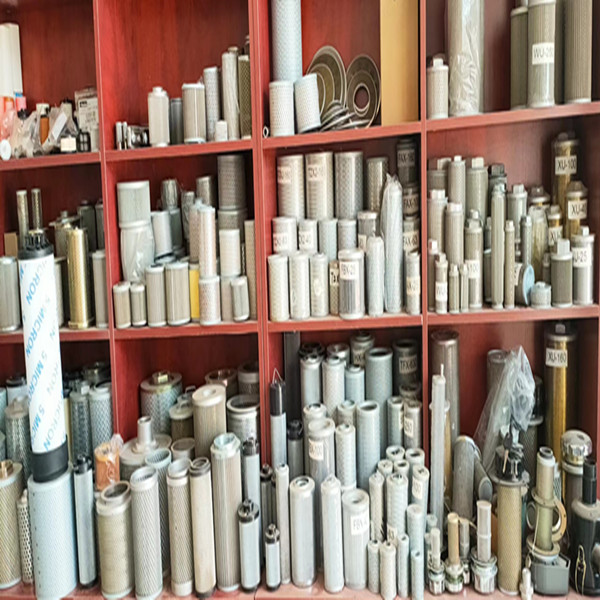
Collapse pressure rating is another crucial parameter, defining the maximum differential pressure the filter element can withstand before structural failure, safeguarding against media migration into the system during pressure surges or bypass valve malfunctions. Furthermore, the maximum operating temperature and flow rate define the operational envelope of the filter media, ensuring its stability and performance under various environmental and system demands. The following table provides a general overview of typical technical parameters for high-performance synthetic hydraulic filter media, offering a benchmark for industry standards. These parameters are rigorously tested in accordance with ISO standards, providing verifiable data that users can trust. Our commitment to expertise means we not only provide these figures but also assist clients in interpreting them to select the most appropriate filter media for their unique operational requirements, ensuring optimal system health and extended equipment life. This meticulous attention to technical detail underpins our authoritative position in the industry, backed by years of experience in delivering reliable filtration solutions.
Typical Hydraulic Filter Media Technical Parameters
| Parameter | Description | Typical Value Range (High Performance Synthetic Media) | Relevant ISO Standard |
|---|---|---|---|
| Beta Ratio (βx) | Filtration efficiency at particle size 'x'. A β ratio of 200 signifies 99.5% efficiency. | β5 ≥ 1000 (99.9% @ 5µm), β10 ≥ 200 (99.5% @ 10µm) | ISO 16889 |
| Dirt Holding Capacity (DHC) | Mass of contaminant retained before terminal pressure drop. | Typically 50g to 250g per element (size dependent) | ISO 16889 |
| Initial Pressure Drop | Pressure differential across clean filter at specified flow rate. | Typically | ISO 3968 |
| Collapse/Burst Pressure Rating | Maximum differential pressure before structural failure. | Typically 10 bar to 210 bar (145 psi to 3000 psi) | ISO 2941 |
| Material Compatibility | Compatibility with various hydraulic fluids (e.g., mineral oils, synthetic fluids, water glycols). | Excellent with common hydraulic fluids | ISO 2943 |
| Max Operating Temperature | Maximum temperature the media can withstand without degradation. | Typically -30°C to +100°C (-22°F to +212°F) | N/A (Product Specific) |
| Flow Rate | Volume of fluid passing through the filter per unit time. | Varies widely based on element size and system requirements (e.g., 50-5000 L/min) | ISO 3968 |
Versatile Applications and Unparalleled Advantages of Superior Hydraulic Filtration
The demand for high-quality hydraulic filter media spans across a multitude of heavy industries, each relying on the integrity of hydraulic systems for continuous and efficient operation. In the petrochemical sector, for instance, hydraulic systems power critical equipment such as drilling rigs, pipeline pumps, and refinery machinery. Here, the consequences of hydraulic failure due to contamination can be catastrophic, leading to environmental hazards, production halts, and significant financial losses. High-efficiency filter media is essential to protect these systems from abrasive catalysts, rust, and scale. Similarly, the metallurgy industry, encompassing steel mills and aluminum production facilities, utilizes massive hydraulic presses, furnaces, and rolling mills. The harsh, high-temperature, and often dusty environments in these settings present unique challenges for hydraulic fluid cleanliness, making robust and high-capacity filtration indispensable for preventing premature wear of valves and cylinders. In the realm of water treatment and supply (give-and-drainage), hydraulic power is vital for operating large pumps, valves, and actuation systems. Ensuring the longevity and reliable performance of this infrastructure is critical for public health and utility services, underscoring the need for advanced filtration to combat common contaminants like rust, silt, and biological growth.
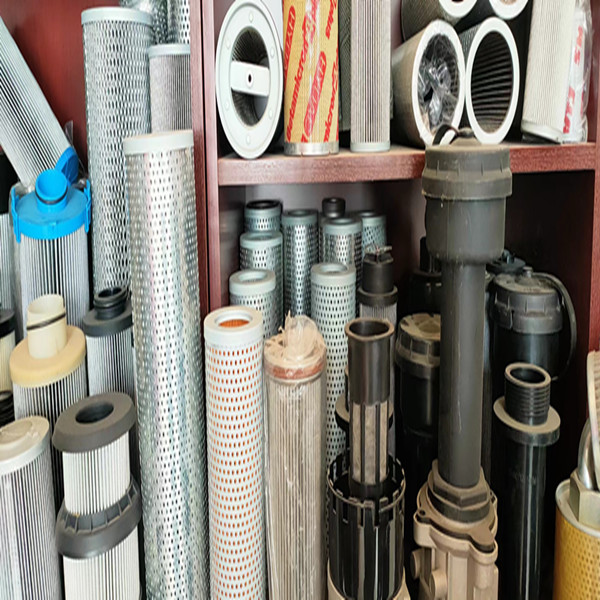
Beyond these, hydraulic filter media is fundamental in mining, construction, aerospace, marine, and mobile equipment sectors, where systems are exposed to extreme conditions and variable operating cycles. The technical advantages derived from utilizing superior filter media are numerous and directly translate into significant operational benefits. Firstly, improved filtration efficiency leads to substantially extended component lifespan, including pumps, valves, and actuators, reducing the frequency of costly repairs and replacements. Secondly, by maintaining optimal fluid cleanliness levels, the system operates at peak efficiency, minimizing energy consumption due to reduced friction and less effort required to move contaminated fluid. This directly contributes to energy saving initiatives. Thirdly, high-quality filter media prevents fluid degradation, extending the life of the hydraulic fluid itself, which in turn reduces fluid replacement costs and disposal burdens. Fourthly, advanced filter media provides excellent anti-corrosion protection by efficiently removing water and acidic contaminants that can accelerate rust and wear in system components. Finally, reliable filtration significantly reduces unplanned downtime, enhancing productivity and ensuring operational continuity. Our experience with clients across these sectors consistently demonstrates these tangible benefits, solidifying our authoritative stance as a provider of top-tier filtration solutions that deliver long-term value and operational resilience.
Choosing the Right Partner: Manufacturer Comparison and Custom Solutions
When sourcing hydraulic filter media, the choice of manufacturer is as crucial as the product itself. A professional manufacturer stands apart through several key differentiators that underpin their expertise and trustworthiness. Firstly, adherence to internationally recognized quality management systems, such as ISO 9001, is non-negotiable, demonstrating a commitment to consistent quality and continuous improvement. This is often complemented by specific industry certifications relevant to the target applications, for instance, for marine or aerospace use. Secondly, a reputable manufacturer invests heavily in R&D, continuously innovating to meet evolving industry demands, such as higher efficiency requirements or specialized material compatibility. This is reflected in their portfolio of patented technologies and advanced manufacturing capabilities. Thirdly, transparency in testing data and performance metrics is vital; all claimed Beta ratios, dirt-holding capacities, and collapse pressures should be backed by verifiable test reports conforming to ISO standards. Fourthly, comprehensive customer support, from initial consultation and technical guidance to after-sales service and troubleshooting, is a hallmark of a reliable partner. This includes responsiveness in addressing inquiries, providing detailed product information, and assisting with system integration challenges. Finally, a strong track record, evidenced by long-term client relationships and successful application cases across diverse industries, speaks volumes about a manufacturer's reliability and authoritative standing in the market.
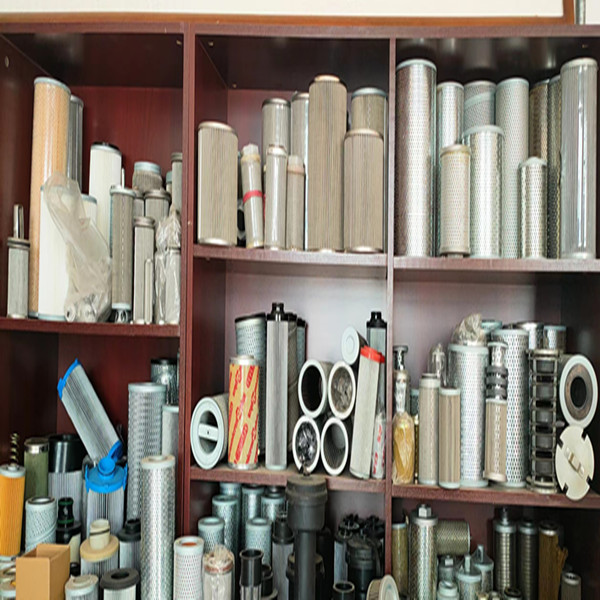
Beyond standard offerings, the capability to provide customized filtration solutions is often a decisive factor for B2B clients facing unique operational challenges. Many industrial hydraulic systems operate under specific parameters that off-the-shelf filter elements cannot adequately address. This might include extreme temperature variations, highly aggressive fluids, exceptionally high flow rates, or unique space constraints within existing housings. A dedicated manufacturer excels in developing tailor-made hydraulic filter media by working closely with clients to understand their precise needs. This collaborative process involves detailed fluid analysis, system design review, and iterative prototyping. Customization can involve selecting specific media blends for enhanced chemical resistance, optimizing pleat geometry for maximum dirt-holding capacity in confined spaces, or engineering specialized end cap designs for unique filter housings. Our proven expertise in engineering bespoke solutions ensures that clients receive filter media that perfectly integrates with their systems, delivering optimal performance and cost efficiency. With an average service tenure of over 15 years in the filtration industry, we leverage deep technical knowledge and extensive experience to design and deliver custom filtration elements that solve complex challenges, providing an unmatched level of technical authority and trust. This commitment to client-centric solutions extends to other purification needs, including specialized RO consumables kit for water treatment applications, demonstrating our comprehensive approach to industrial process optimization.
Application Case Studies and Building Trust Through Assurance
Real-world application cases powerfully demonstrate the effectiveness and reliability of high-performance hydraulic filter media. Consider a large-scale steel manufacturing plant that was experiencing frequent breakdowns of its hydraulic press due to excessive particulate contamination, leading to 15-20 hours of unscheduled downtime per month. Upon analysis, their existing cellulose media filters were found to be inadequate for the severe operating conditions and high fluid temperatures. We partnered with them to implement a custom-engineered multi-layer synthetic filter media, featuring a higher Beta ratio (β7 ≥ 1000) and an extended dirt-holding capacity tailored to their system's specific flow rates and contamination profile. Within three months of deployment, unscheduled downtime related to hydraulic system failures decreased by over 80%, reducing annual maintenance costs by an estimated $150,000. This tangible improvement underscores the direct correlation between advanced filter media and operational profitability. Another compelling case involved a fleet of heavy construction excavators operating in highly dusty environments. Traditional filters required replacement every 500 hours, contributing to high operational expenditure and frequent service interruptions. By upgrading to our advanced synthetic hydraulic filter media, specifically designed for abrasive dust filtration and featuring enhanced collapse pressure ratings, the filter service interval was extended to over 1200 hours, more than doubling the lifespan and significantly reducing labor and material costs.
These case studies exemplify our commitment to delivering measurable results and building strong, trust-based relationships with our clients. To further reinforce trustworthiness and provide complete peace of mind, we offer a robust framework of support and guarantees. Our standard delivery cycle for stock items is typically 3-5 business days, with customized solutions delivered within 2-4 weeks, ensuring timely access to critical components. We stand behind the quality of our products with a comprehensive 12-month warranty against manufacturing defects, reflecting our confidence in the durability and performance of our hydraulic filter media. Customer support is available 24/7 through dedicated technical hotlines and online portals, ensuring expert assistance is always at hand for troubleshooting, product selection, or technical inquiries. Furthermore, our FAQ module addresses common concerns: "What affects filter lifespan?" (Fluid cleanliness, operating temperature, flow rate, media type); "Can I use a higher micron rating filter?" (Generally not recommended as it compromises cleanliness, consult technical specifications); "How often should I change my filter?" (Based on pressure drop indicators, fluid analysis, or manufacturer's recommendations). This proactive approach to support, combined with transparent policies and a proven track record, solidifies our position as a trusted and authoritative partner in industrial filtration.
Frequently Asked Questions (FAQ)
-
Q: What is the primary difference between cellulose and synthetic hydraulic filter media?
A: Cellulose media, made from paper, is generally less expensive but offers lower filtration efficiency and dirt-holding capacity, especially for finer particles and water. Synthetic media, typically made from glass fiber or polypropylene, provides significantly higher efficiency (higher Beta ratios), superior dirt-holding capacity, and better water resistance, leading to longer service life and enhanced system protection. Synthetic media is often the preferred choice for modern, high-performance hydraulic systems due to its superior particle capture and extended lifespan, minimizing the need for frequent replacements of hydraulic filter media.
-
Q: How does particle contamination impact hydraulic system performance?
A: Particle contamination, even at microscopic levels (e.g., below 10 microns), causes abrasive wear on critical components like pumps, valves, and actuators, leading to increased internal leakage, reduced efficiency, and eventual component failure. It can also cause sticking of precision components, erratic operation, and accelerated fluid degradation, significantly increasing maintenance costs and unplanned downtime. Effective hydraulic filter media is essential to maintain fluid cleanliness levels prescribed by ISO 4406 standards.
-
Q: What role do RO consumables kits play in overall industrial purification?
A: While distinct from hydraulic filtration, RO consumables kits are crucial for industrial water purification systems, particularly Reverse Osmosis (RO) plants. These kits typically include replacement RO membranes, pre-filters (sediment and carbon filters), and post-filters, essential for maintaining the purity of process water or wastewater treatment streams. Just as hydraulic filter media ensures fluid purity for machinery, RO consumables ensure water quality for industrial processes, demonstrating a broader commitment to system integrity and environmental compliance across diverse applications. They are vital for industries requiring demineralized water or for effluent treatment.
-
Q: How can I determine the correct micron rating for my hydraulic system?
A: The correct micron rating depends on the system's sensitivity, operating pressure, and the criticality of its components. For high-precision systems with servo valves or high-pressure pumps, finer filtration (e.g., 3-5 micron absolute) is often required. For less sensitive systems, coarser filtration (e.g., 10-25 micron) may suffice. It's crucial to consult the OEM's recommendations for cleanliness codes (e.g., ISO 4406:1999 codes like 18/16/13) and consider the Beta ratio of the hydraulic filter media to achieve the desired cleanliness level. Our technical experts can assist in performing a detailed system analysis to recommend the optimal filtration solution.
References
- Hydraulic Institute. (2020). Hydraulic System Filtration Best Practices Guide.
- International Organization for Standardization (ISO). (2018). ISO 16889: Hydraulic fluid power – Filters – Multi-pass method for evaluating filtration performance of a filter element.
- National Fluid Power Association (NFPA). (2019). Fluid Contamination Control Handbook.
- STLE Tribology and Lubrication Technology. (2021). Advances in Hydraulic Fluid Maintenance and Contamination Control.
- Machinery Lubrication Magazine. (2022). The Evolution of Filter Media in Industrial Applications.
Post time: Aug-19-2025

